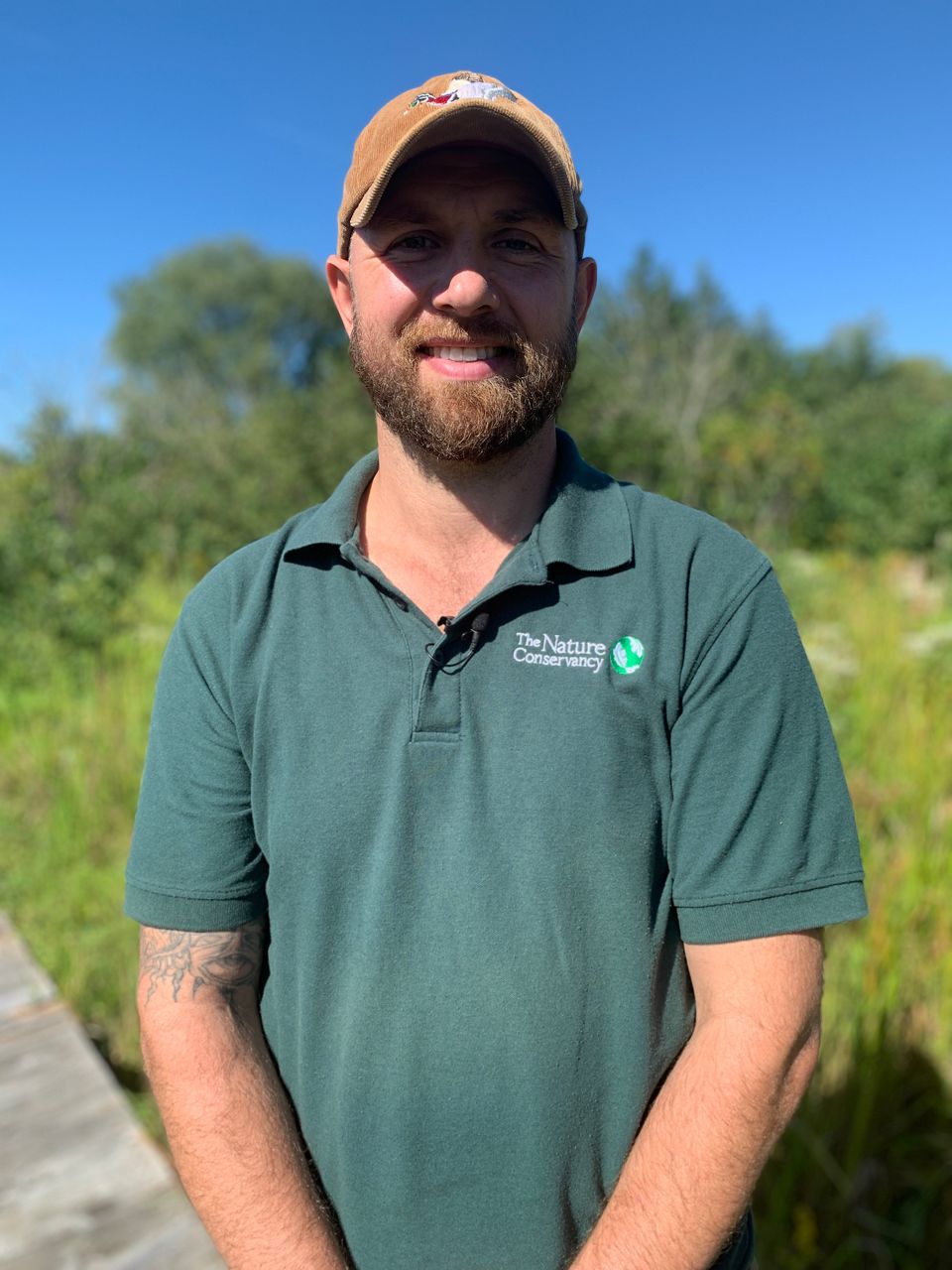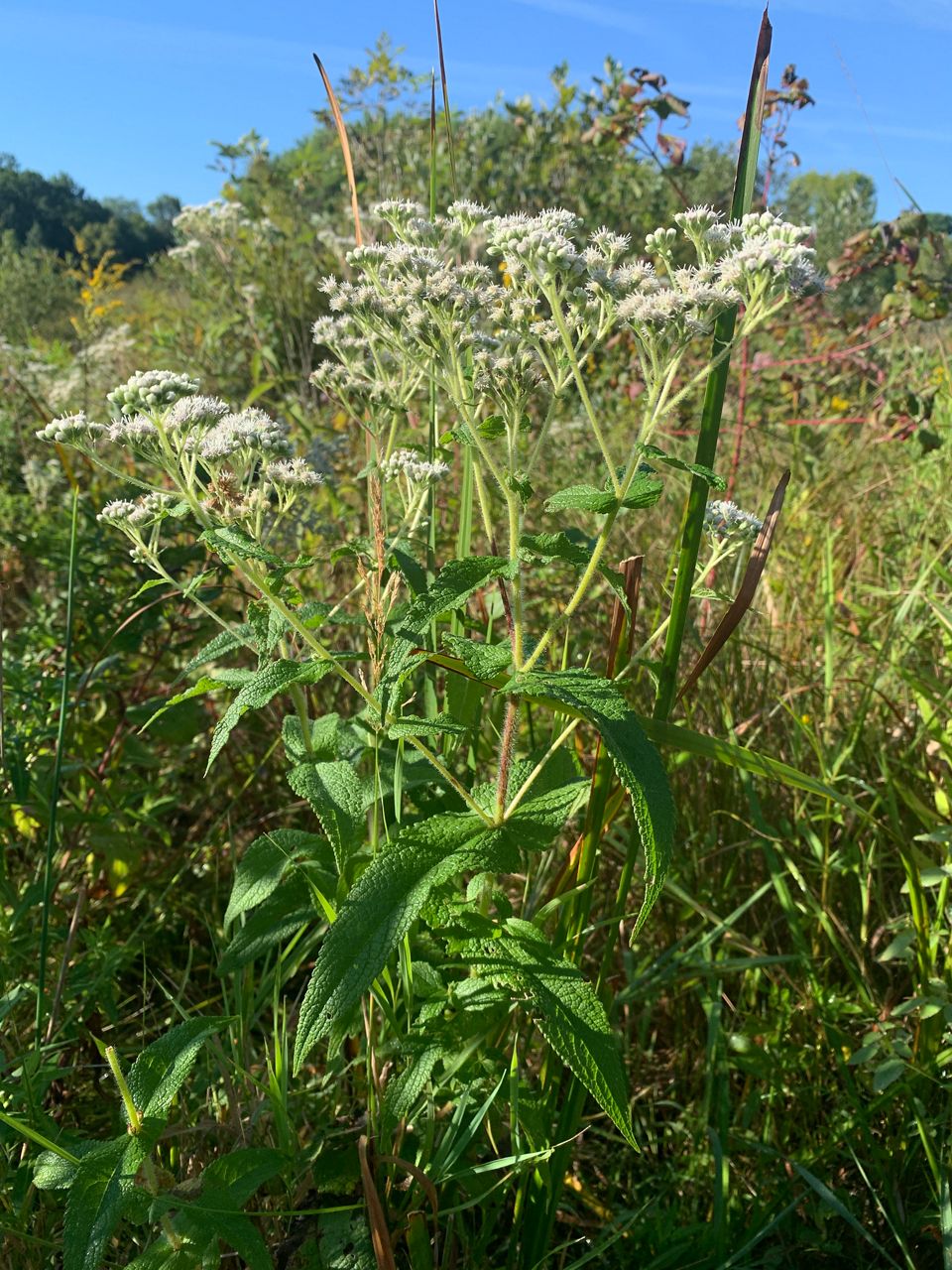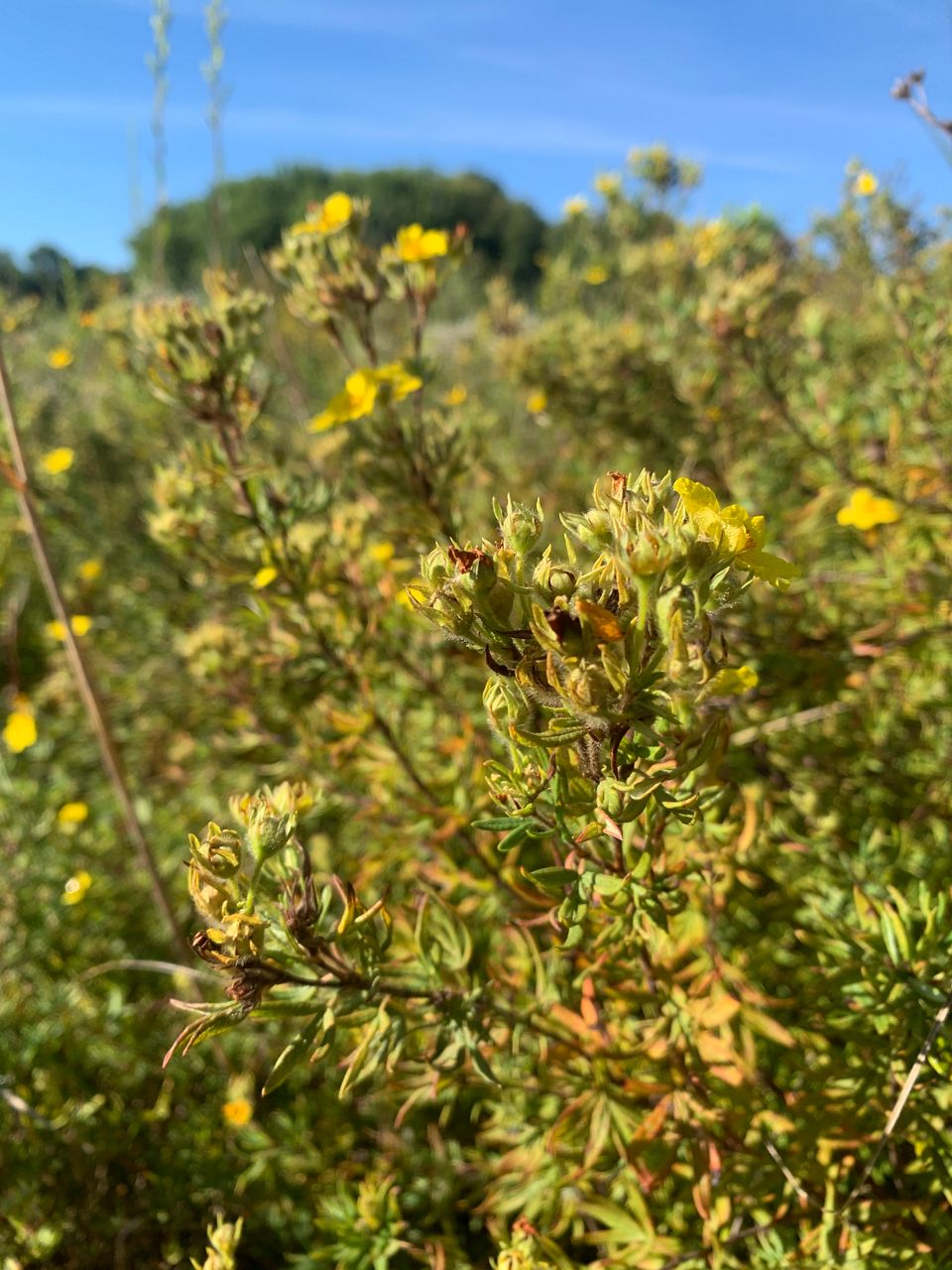OHIO — Plants can be beautiful, but Derrick Cooper, the Grand River restoration coordinator for The Nature Conservancy, said some of them can also be harmful.
The Nature Conservancy is an environmental organization working to protect and restore lands so nature and people can thrive. Part of Cooper’s job is removing non-native plant species from landscapes.
“This is a species called Purple Loosestrife. This is a non-native plant that is invading wetlands all throughout the state of Ohio,” Cooper said. “It is available in the nursery trade, and we highly recommend people avoid planting this in their yard. It will spread rapidly, and it'll spread into natural areas, which will cause major ecological disturbance.”

It’s important work he said because non-native species are taking over lands and ecologically forming dead zones. He said all natural areas in Ohio are threatened.
Native plants are the foundation of biodiversity. Most animals depend on native plants either directly or indirectly.
“Native plant species are really important and critical to our habitats and ecosystems and their function,” Cooper said. “Without native species, we would see massive biodiversity loss (and) we would see declines in insects, which would then also further decline in bird species. Native plant species are the foundation of every ecosystem. So without them, we would start to see collapse.”
Cooper said everything in an ecosystem is connected. Insects feed off native plants and birds feed off insects. Cooper said we are seeing a huge decline in inspect species around the world, as well as birds, butterflies and bees and they play a critical role in nature.
“Pollinators are really important. Without pollinators, our food crops would start to decline because many of our plants that we come to love like tomatoes, and peppers and things like that, they're all pollinated with insects.”

He said Ohioans have a unique opportunity to help, by planting native plants on their properties.
Cooper took Spectrum News to J. Arthur Herrick Fen Nature Preserve, a state dedicated nature preserve that is co-owned by Kent State University and the Nature Conservancy that is located just outside Streetsboro, to see some native plants. He said some species that are found at the Fen that can also do well in a landscape setting include:
- Joe-Pye Weed
- Northern Bayberry
- Butterfly weed
- Common milkweed
- Swamp milkweed
- Tamarack trees
- Shrubby Cinquefoil
While native, Cooper said there are some plant species that are not ideal or too aggressive for a home setting.
Certain species Cooper said he’d be cautious of include:
- Canada goldenrod
- Poison Sumac
There are nearly 2,000 plant species native to Ohio, according to the Ohio Department of Natural Resources. Cooper said by planting native plants at home, homeowners can help reduce non-native and invasive plants from Ohio’s landscapes and help prevent certain animal and plant species from going extinct.
“Without the general public who owns the majority of land in the state of Ohio, contributing to this we’re on a steady path of decline,” Cooper said. “The more people contribute by planting natives at home, the more they're contributing to help rebound our ecosystems in Ohio.”

He said helping nature can help us. Not only can native plants beautify landscapes, but they often require less maintenance. So next time you design a garden, or re-do your landscaping, he recommends you plant native.
Many native plant species can be found at plant nurseries throughout the state and Soil and Water Conservation Districts often also sell native plants. For more information, you can visit here.




